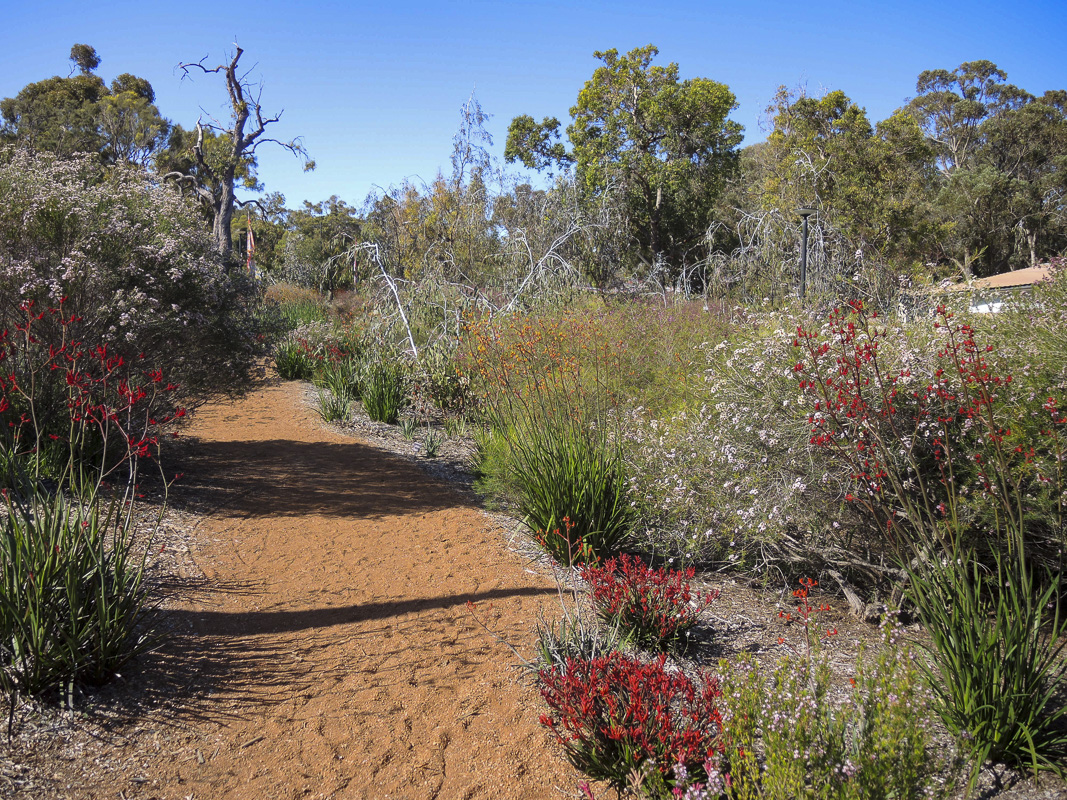You can use sun and shade analysis to discover your microclimate. Here is how it works.
The changing seasonal patterns of sun and shade across your garden have a major influence on garden planning and design. Knowing these microclimate details is very useful for locating the functional areas of a garden – such as a sunny winter courtyard to enjoy a morning coffee, or a shaded summer retreat for a cooling beer.
Included are examples to show you what you will end up with.
Sun and shade analysis influences plant selection
When selecting and locating plants for the various areas of a garden, it is fundamental to know their preference or tolerance for specific sun and/or shade conditions. A microclimate analysis is the ideal planning tool to help match a plant to the most environmentally suitable area of the garden.

How to prepare a sun and shade analysis of the garden site to discover your microclimate
The completed analysis drawings will provide a year-round record of the changing sun and shade patterns over the entire garden site, or perhaps just a special section of the garden.
Here is how to do it.
- Prepare a garden site plan on a sheet of A3 paper
- Draw the property boundary, the outline of the house, any garden structures (including close neighbouring houses), the location and extent of tree canopies or screening vegetation.
- Most importantly, clearly show the direction of north. While it is usual for a north point to face up the page, this is not always possible to do, as property boundaries are at any angle.
Season records – summer, winter and equinox
The microclimate analysis is done at or about the three mid-season days of the year:
- mid-summer solstice: December 22,
- mid-winter solstice: June 22, and
- the equinox: either, spring September 22, or autumn March 22.
Day records – morning, noon, afternoon
For each of these days, record the areas of the garden in shade at three specific times: Morning – 9.00am; Noon; Afternoon – 3.00pm
For each time slot, record the shade pattern on a separate sheet of tracing paper, placed over the garden site plan; draw each record in a distinctive pale tone of – green, red and blue; show the position of the house or boundary on each record sheet to ensure exact page alignment when the three pages are overlaid.









As each daily analysis is complete, overlay and carefully align the morning, noon and afternoon record pages. Viewed together, this summary will show the various patterns of sun and shade across the site on that day, such as:
- garden areas always in full shade, (where all colours overlap)
- garden areas always in full sun, (where there is no colour overlap)
- areas with only morning sun or afternoon shade, etc.(other part shade combinations)
It is helpful to clearly outline and highlight these and other microclimatic patterns of interest, ideally on a separate tracing sheet.
Repeat the same sun and shade record summary process, for the two remaining seasons.
Annual analysis of sun and shade
On completion of the three seasons, overlay and align the sun and shade record summary plans prepared. The combined layers will reveal a range of microclimate detail throughout the year, such as: garden areas always in shade in the morning; or garden areas always in sun in the afternoon, and many other microclimate conditions.
This process is particularly useful for new or upgraded gardens. As the garden matures and grows these sun/shade records will change and will need progressive modification.
For more on using microclimate for garden design, see these stories.
 Australian Native Plants Society (Australia)
Australian Native Plants Society (Australia)